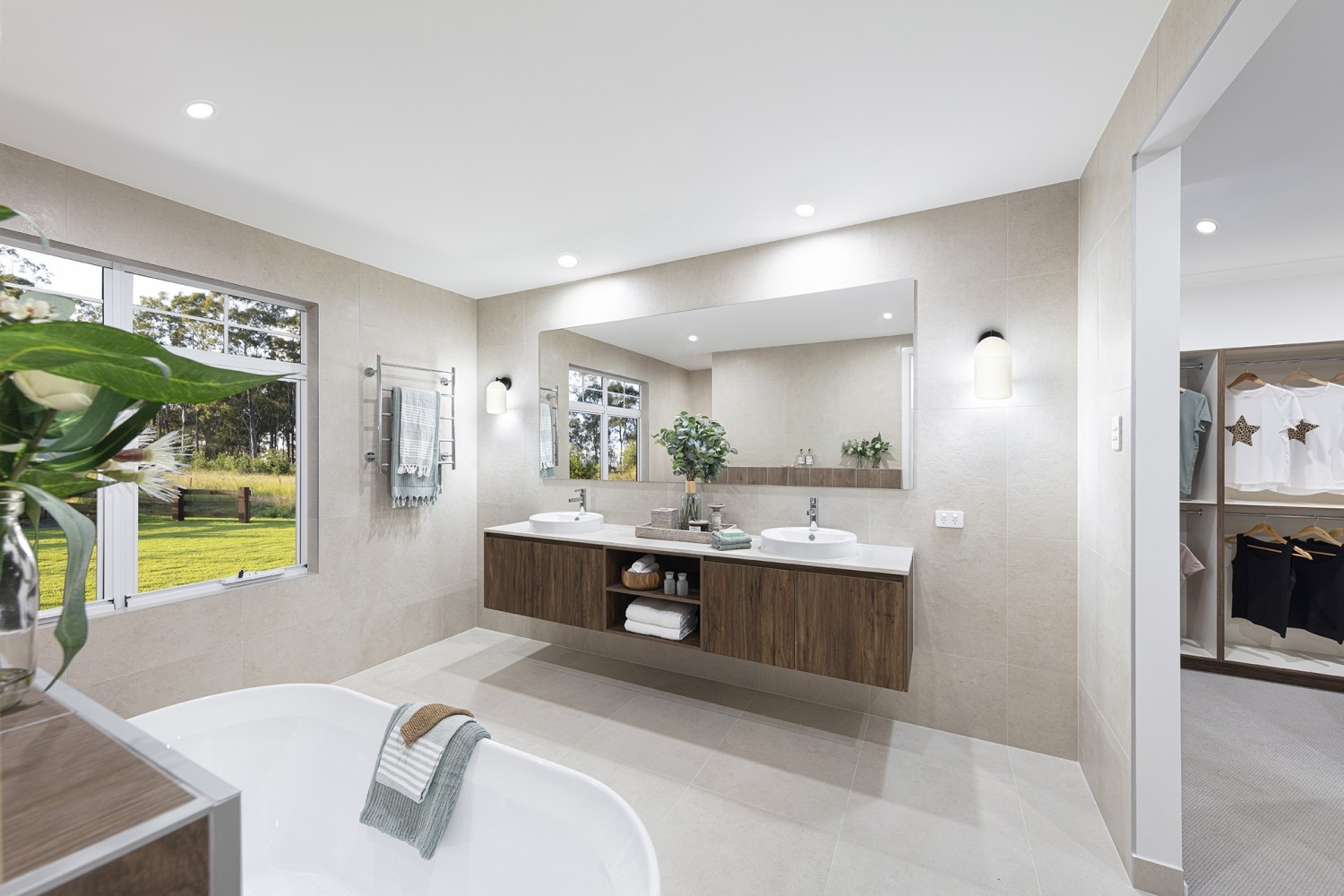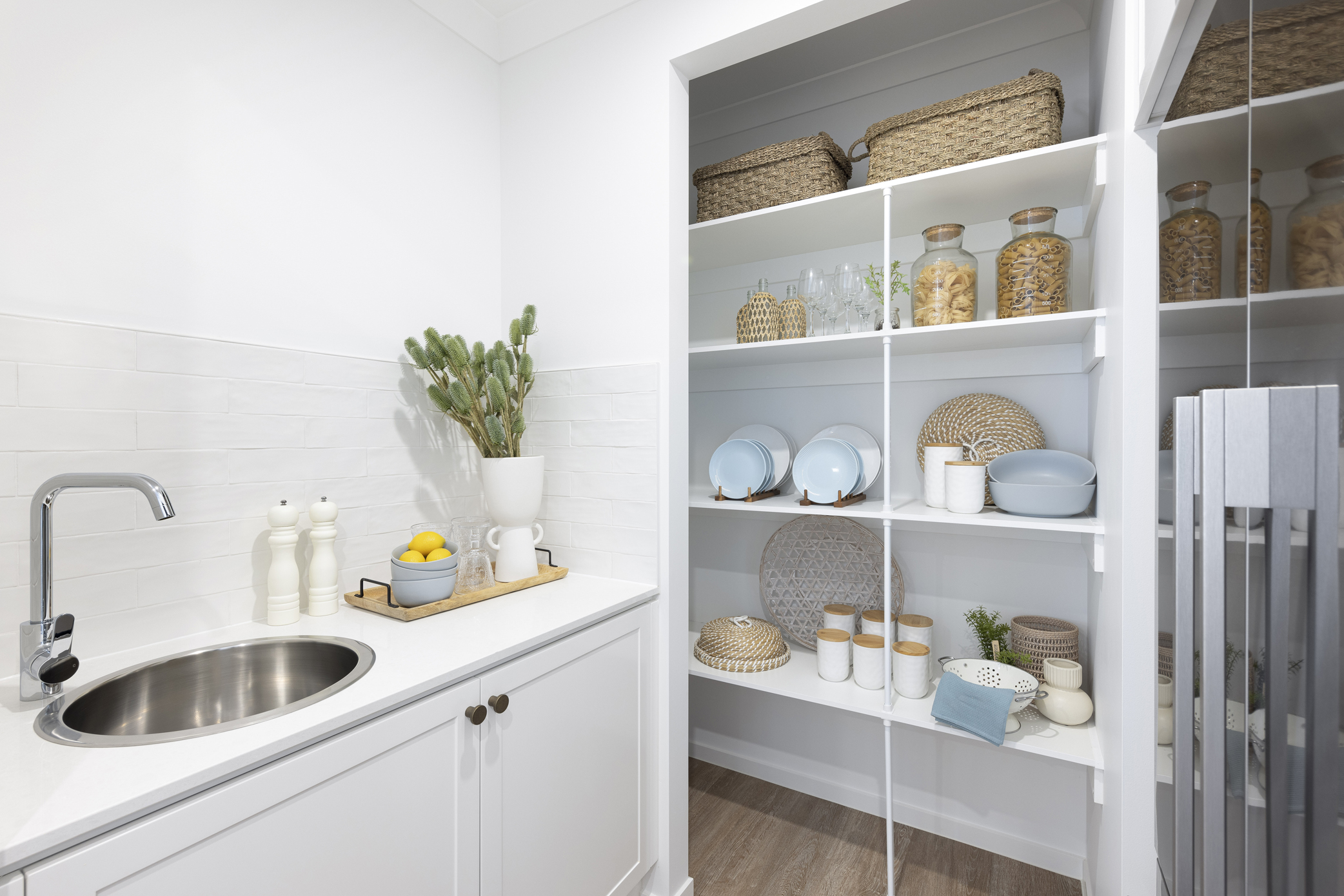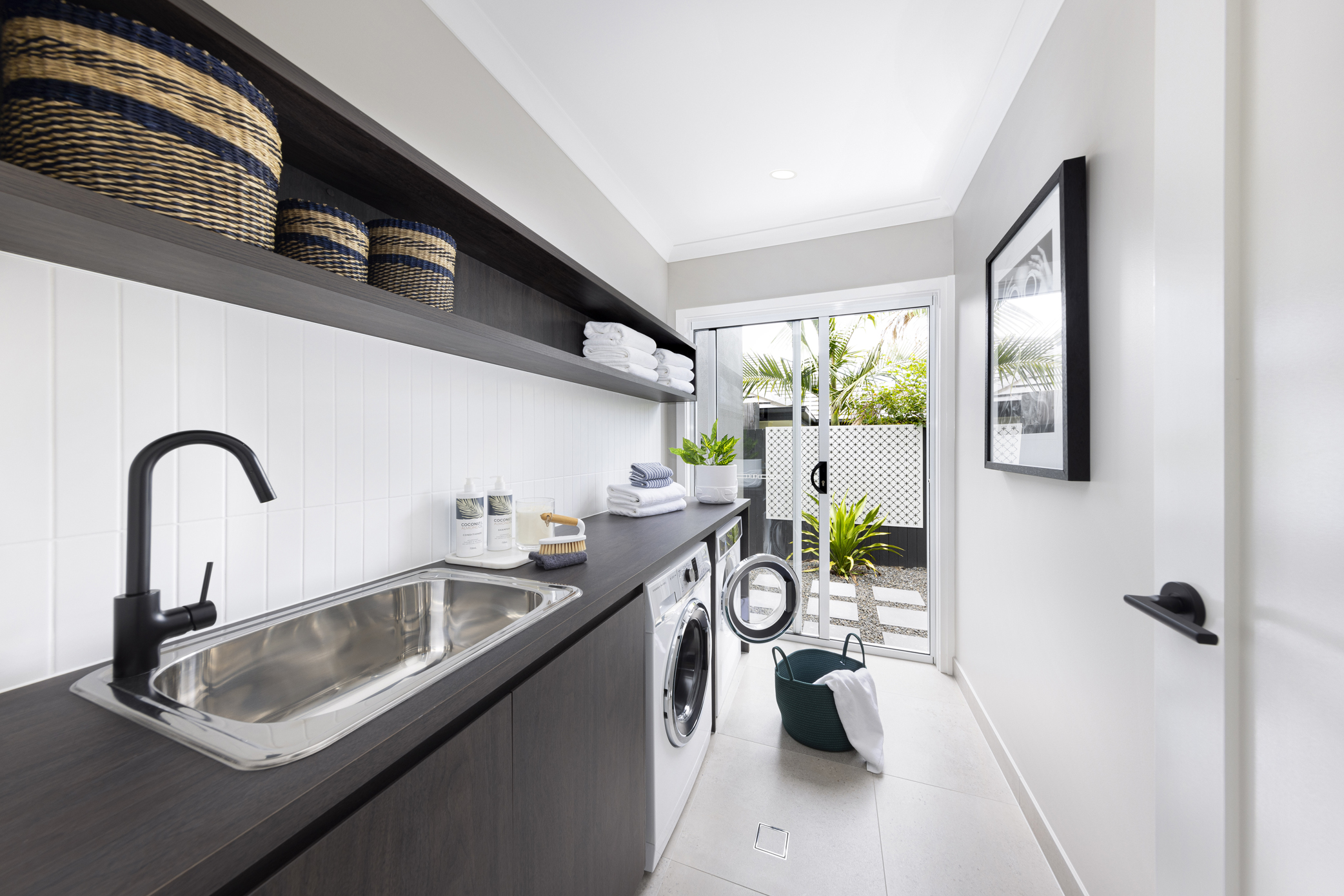Ways To Save Water At Home

Are you ready to save water at home? You've come to the right place for practical ways to conserve water. By making simple changes, like taking shorter showers and fixing leaks, you can reduce water usage and help the environment.
We'll also explore indoor water-saving techniques, such as reusing greywater and water-efficient appliances. And don't worry, we also care about the outdoors - we'll share tips for watering your garden wisely and using rainwater.
Simple Water-Saving Habits
If you want to save water at home, try adopting a few water-saving habits. Making small changes can have a significant impact on your water and energy bills.
- Turn off the tap while brushing your teeth. Do the same while washing your hands and face.
- Reuse leftover water from boiling vegetables for other cooking needs or watering plants.
- Turn off the shower when applying soap or shampoo.
- Store drinking water in the fridge instead of letting taps run for cold water.
- Wash fruits and vegetables in a pot of water instead of under a running tap.
- Use the water from rinsing fruits and vegetables for watering indoor plants.
How To Save Water Inside
Ready to make a difference in your water usage inside your home? Start by switching to water-saving showerheads that maintain pressure while using less water. Check for leaks in your faucets and pipes to prevent unnecessary water waste.
And when it comes to your showers, make an effort to keep them to four minutes or less to conserve water. Consider installing flow restrictors and aerators to reduce water consumption.
Switch To Water-Saving Showerheads
The shower is one of the easiest and most cost-effective places to decrease water use. The design of water-saving showerheads reduces water consumption without compromising the shower experience. Using less water, individuals can contribute to conserving this precious natural resource.
With water-saving showerheads, homeowners can save on their water bills. By reducing water usage, households can significantly decrease their water costs, resulting in long-term financial savings.
Modern water-saving showerheads provide a satisfying shower experience while using less water. They often incorporate technologies that maintain adequate water pressure, ensuring a comfortable and enjoyable shower.

Check For Leaks
To prevent water wastage and conserve water in your home, it is important to regularly check for leaks. Even a small leak can lead to a significant amount of water being wasted over time, resulting in higher water bills and unnecessary water consumption.
- Inspect faucets, pipes, hoses, and couplings for leaks
- Look for signs of dripping or water pooling around these areas
- Use food colouring in the toilet tank to check for leaks
- If the colour appears in the bowl, there is a leak that needs to be fixed
Cut Your Shower Time To Four Minutes Or Less
There are many ways you can reduce your water consumption and save on your water bills. Try cutting your shower time to four minutes or less. You can achieve this by applying hair conditioners or masks outside the shower. Brushing your teeth in the sink instead of the shower.
While waiting for the shower water to warm up, collect the initial cold water in a bucket for other uses like watering plants. Keep all your shower necessities within easy reach. This organisation minimises the time spent fumbling for products, leading to shorter showers.
Flow Restrictors
Using flow restrictors at home is one of the efficient watering systems. Flow restrictors, also called flow controllers, reduce the water flow from faucets and showers without sacrificing water pressure.
Using these devices helps minimise water waste and conserve water in your daily activities. Flow restrictors are readily available in most hardware stores and are easy to install.
Install Aerators
To save water in your home, install aerators on your faucets and showers. These water-efficient taps can reduce water wastage. Aerators are simple devices that can be easily screwed onto the end of a tap.
They work by reducing the flow rate of water while still providing a high-pressure feel. By aerating the water, they create the illusion of a higher flow rate with only half the water.

Install a Dual-Flush Toilet
Installing a dual-flush toilet can help you reduce water consumption in your home. These toilets have two flush options: a smaller one for liquid waste and a larger one for solid waste.
By using the appropriate flush for each type of waste, you can save a significant amount of water. There are dual-flush toilets that only use 0.8 gallons per flush for a partial flush and 1.28 for a full flush.
Studies have shown that dual-flush toilets can reduce water consumption by up to 67%. They can save up to 68% more water compared to traditional toilets by using different flush volumes.
Consider Hot Water Recirculation
Hot water recirculation systems circulate hot water throughout your plumbing system, ensuring that hot water is readily available at the tap when you need it.
By eliminating the need to run the faucet or shower until the hot water arrives, you can significantly reduce water waste. This saves water and reduces energy costs for heating water. These systems can save up to 15,000 gallons of water annually in a typical home.
Replace Old Faucets
Upgrade to newer, water-saving faucets to save water in your home. These faucets have water-saving features, like aerators, that reduce water flow without sacrificing pressure. By installing these modern faucets, you can significantly reduce water consumption in your household.
To measure the impact, check your house water meter before and after installation. You may be surprised to see a decrease in your average water consumption. Making this simple change will contribute to water conservation and have a positive impact on the environment.

Buy A Water-Efficient Washing Machine
Investing in a water-efficient washing machine is a smart move for both your wallet and the environment. Compared to older models, these machines use significantly less water and energy, helping you conserve this precious resource and reduce your water bills.
But with so many options available, selecting the perfect washing machine can be overwhelming. When shopping, pay close attention to both the Energy Efficiency Star Ratings and WELS Water Efficiency Ratings. More stars signify better performance, translating to lower energy consumption and minimised water usage.
Beyond choosing the right machine, you can further reduce water waste by running it only with full loads.
Only Use Your Dishwasher And Washing Machines With Full Loads
To maximise water efficiency, always run your dishwasher and washing machine with full loads. This reduces the number of cycles needed and minimises wasted water. Additionally, avoid using the permanent press cycle and extra rinse options on your washing machine, as these often consume additional water unnecessarily.
When it comes to dishes, using a dishwasher can help you save water, energy, and detergent compared to handwashing. Instead of running the tap while pre-rinsing, simply scrape off food scraps and load your dishes directly into the dishwasher. This conserves water and allows the dishwasher's built-in cleaning power to handle the rest.
Re-Use Grey Water
To conserve water at home, collect and reuse greywater from your laundry or bathroom. Greywater is the water from your washing machine's final rinse cycle or your shower or bath while you wait for it to warm up.
Instead of wasting this water, use it to keep your garden green, water your pot plants, soak your laundry, or wash your hands. To collect the greywater, get a bucket or a folding bucket that can be easily stored. Make sure you've been using low-sodium soap, shampoo, and detergent, and use the greywater within 24 hours.

How To Save Water Outside
Now here are simple ways to save water outside. Whether you are downsizing your home or building your first home, there are an abundance of simple ways to save water outside. We will walk you through the practical steps to conserve water and keep your outdoor space thriving.
Choose Native Plants
If you want to save water in your outdoor space and choose the best plants for your garden, consider selecting native plants. Native plants are well-suited to the local climate and require less water than non-native species.
By planting native plants, you can reduce your water usage and support the local ecosystem. These plants are naturally drought-resistant and can thrive with minimal watering. Not only will you save water, but you will also save money on your water bill.
Put A Layer Of Mulch Around Trees And Plants
To conserve water and keep your outdoor space thriving, simply put a layer of mulch around your trees and plants. Mulch acts as a protective barrier, reducing water loss through evaporation.
By using mulch, you can slow down moisture evaporation and maintain soil moisture levels, which reduces the need for frequent watering. This not only saves you time and effort but also improves the health of your plants by providing insulation and suppressing weed growth.

Water Wisely
Give your lawn the drink it craves! Instead of frequent, light sprites, aim for a good, deep soak every few days. This encourages deeper root growth, leading to a stronger, more drought-resistant lawn. Remember, if the grass bounces back after you step on it, it doesn't need watering.
For your garden, early mornings or evenings are the best times to quench its thirst. Watering during these cooler hours minimises water loss through evaporation, ensuring more reaches the thirsty roots. And don't forget, windy days aren't the best time for a sprinkler shower; wait until the wind subsides to maximise water absorption.
Install A Rainwater Tank
Installing a rainwater tank can significantly reduce your water bills and environmental impact. By harnessing the power of rain, you can collect and utilise this valuable resource for various outdoor activities, like gardening and car washing. This can lead to substantial financial savings, particularly in areas with high water rates.
Using rainwater for indoor purposes, such as toilets and washing machines, can further decrease your water consumption and contribute to cost savings. However, it is important to note that proper installation and compliance with regulations usually require the expertise of a licensed plumber.
Use A Trigger Nozzle
Washing your car with a trigger nozzle isn't just a matter of convenience; it's often the law in some states. This handy feature empowers you to control the water flow like a conductor leading an orchestra. Pause the flow when you're sponging, turn it up for a quick rinse, and minimise waste like a pro. Unlike traditional hoses that continuously gush water like a broken dam, a trigger nozzle gives you precise control, minimising unnecessary drainage and saving precious resources.
But the benefits of a trigger nozzle extend far beyond your car. These versatile tools are like chameleons, adapting to various outdoor chores. Effortlessly transform your deck into a sparkling oasis with the targeted spray, making cleaning more efficient and enjoyable. When it's time for backyard fun, become the hero of the day by quickly filling your kids' pool, ensuring hours of laughter and aquatic adventures. Whether you're tackling dirty gardening tools or simply watering specific areas of your yard, a trigger nozzle offers the perfect balance of power and precision, making it an indispensable addition to any homeowner's arsenal.
Don’t Run the Hose When Washing Your Car
Washing your car outside doesn't have to be a water-guzzling affair. By ditching the running hose and opting for a simple bucket of soapy water, you can save litres of precious water.
With a bucket, you have control over the amount of water you use, minimising waste. Fill it with water, add your car wash soap, and create a soapy solution. Now, grab your sponge or cloth and channel your inner detailer, covering every inch of your car with a generous helping of bubbly goodness.
Once your car is thoroughly soaped up, it's time for the grand finale. Give your hose a short break and use it only when necessary to rinse away the suds, ensuring a sparkling clean finish. This way, you not only conserve water but also achieve a spotless shine for your vehicle.
Wash Your Car On The Lawn
If you want to conserve water outside, wash your car on the lawn instead of the driveway. This simple change prevents water waste and makes better use of the water you use to wash your car.
Use a pail of soapy water and a hose with a shut-off nozzle to efficiently clean your car without using excessive water. A bucket and sponge wash can use as little as 2 buckets of wash water while cleaning a car with a hose and trigger nozzle can use around 120L of water.
By washing your car on the lawn, the water is absorbed by the soil, reducing waste. So, the next time your car needs a wash, opt for the lawn over the driveway and make a conscious effort to save water.
